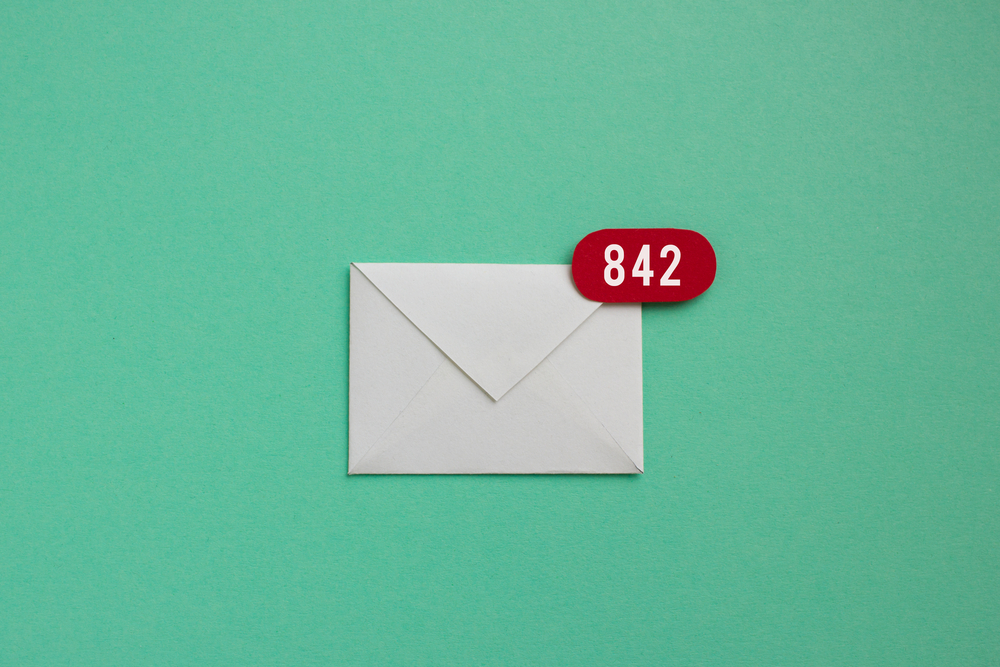While the key to success in the hotel industry will always be good, old-fashioned hospitality, leveraging the right hotel technology makes it easier to meet and exceed guest expectations. From pre-booking to checkout, using digital tools will help your hotel run smoothly, offering guests an experience they will come to enjoy and trust. So what are these tools? Here’s the hotel technology you need to attract guests and manage hotel operations better.
Digital Tools for Hotel Managers
1. Property Management Systems
A hotel property management system (PMS) is the lifeblood of operations. It’s where all front-office capabilities come together on a single platform. A good PMS combines tasks such as guest check-in/check-out, managing room rates, billing, booking reservations, and room assignments. This hotel technology is an absolute must-have; you really can’t operate a hotel these days without a good PMS.
Popular PMS platforms include:
2. Revenue Management
Success in any industry in today’s business environment is all about data. To collect the right information so you can provide the right price to the right customer at the right time, you need a revenue management system. This software helps you make the right decisions by automating the process of collecting and analyzing data.
3. Pantry Management Software
Food and beverage trends in hospitality require a keen understanding of your guests, which means vending machines are no longer the go-to option for providing them with snacks and beverages. They want more items with easier access and a hotel pantry is just the ticket.
But managing a pantry can be challenging. After all, it’s a retail operation and you’re a hospitality professional. Hotel technology like Supply Wizards makes it simple. Order all your items–snacks, beverages, sundries–from an easy-to-use online platform and get delivery within 1-2 days.
4. Marketing Tools
If your hotel doesn’t have a strong online presence, how will guests find it? Digital marketing is an absolute must. Here’s what you need to effectively market your hotel.
- A well-designed website
- Google Analytics
- Social Media Management Tool



